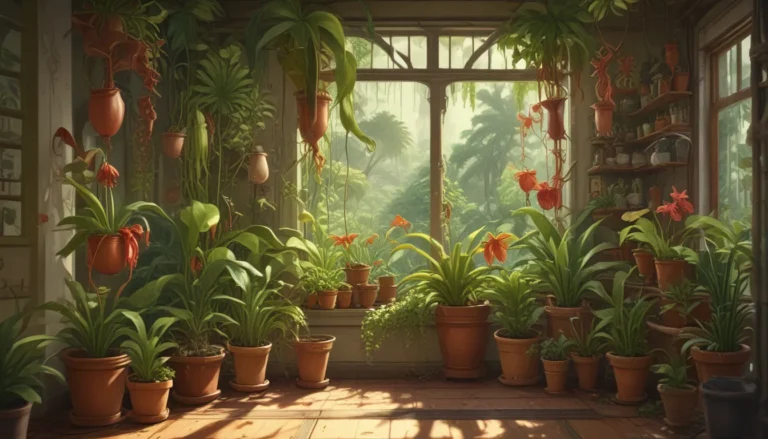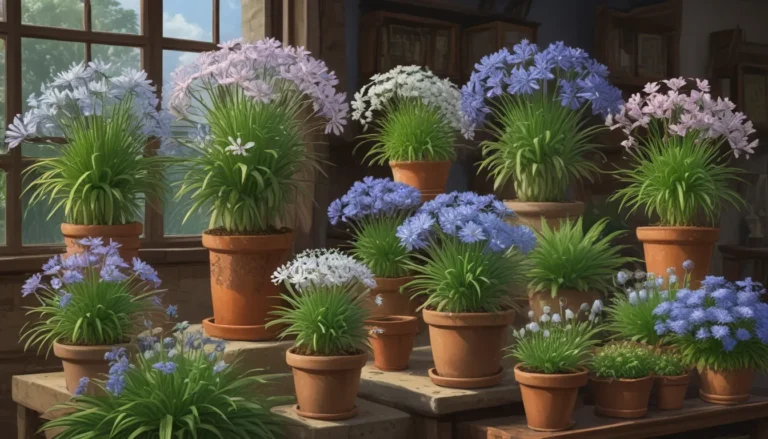Understanding Fungus Gnats and Shore Flies: A Comprehensive Guide

You walk over to your beloved plants and notice some little black insects buzzing around them. An online search reveals two possible culprits: fungus gnats and shore flies. But how do you distinguish between the two?
Both of these pesky insects share similarities. They both enjoy moist environments, hang around plants, and can become pests if left unchecked. This article will delve into the subtle differences between fungus gnats and shore flies, providing you with valuable information to identify and manage these tiny pests.
What You’ll Discover
- Identification and Biology
- Location and Symptoms of an Infestation
- Detection and Monitoring
- Causes for Infestation
Identification and Biology
Fungus gnats, scientifically known as Bradysia spp, are dark brown or black, mosquito-like insects with long antennae, slender legs, and clear wings. They’re typically weak fliers, often found resting on pot edges or plant leaves. Their larvae are whitish, translucent maggots with a shiny black head capsule.
On the other hand, shore flies, such as Scatella stagnalis, resemble houseflies with dark wings and five light spots. They have small legs, short antennae, and reddish eyes. Shore fly larvae are cream to tannish brown rice-grain-like maggots, lacking the black head capsule of fungus gnat maggots.
Although these insects might look similar in flight, closer inspection reveals distinct characteristics. Take a closer look at them when they’re still, or capture them on sticky cards for easier identification.
Location and Symptoms of an Infestation
Both fungus gnats and shore flies thrive in damp environments. They are often found around plants with wet potting medium or standing water. Fungus gnats commonly infest homes and greenhouses, feeding on decaying fungi and organic matter in the potting medium. They can damage roots and cause root rot in severe infestations.
Shore flies, on the other hand, are primarily found in greenhouses. While they typically cause minimal damage, their larvae feed on algae and occasionally on infected roots. Both pests leave flyspecks on plant surfaces, reducing the aesthetic appeal of your plants.
Detection and Monitoring
To detect these insects, consider setting up sticky cards around your plants. Yellow sticky cards are effective for trapping fungus gnat adults, while blue ones work better for capturing shore flies. Regular monitoring with a hand lens can help you identify larvae and distinguish between the two pests.
For larvae detection, place slices of potato on the potting medium surface. The maggots will move towards the potato, making them easier to spot and identify. Check for larvae every few days to track infestations.
Causes for Infestation
Both fungus gnats and shore flies are attracted to environments with overfertilization, overwatering, high organic matter concentrations, and plant debris. To prevent infestations, avoid these conditions and maintain a healthy plant environment. If you’re dealing with fungus gnats, refer to our specific control guide for effective solutions.
Whether you’re facing fungus gnats or shore flies, understanding the causes and prevention measures can help you manage these pests effectively.
Wrapping Up
Identifying and distinguishing between fungus gnats and shore flies can be challenging, especially when they share similar characteristics. By observing their appearance, behavior, and monitoring techniques, you can effectively manage these pesky insects.
Have you encountered fungus gnats or shore flies in your gardening adventures? Share your experiences in the comments below. Stay tuned for more informative guides on plant pests, and learn how to identify and control common threats to your green companions.
- How to Identify and Control Mealybugs
- How to Identify and Control Spider Mite Infestations
- How to Identify and Control Thrips
Remember, a vigilant eye and proactive pest management can help your plants thrive in a pest-free environment.





